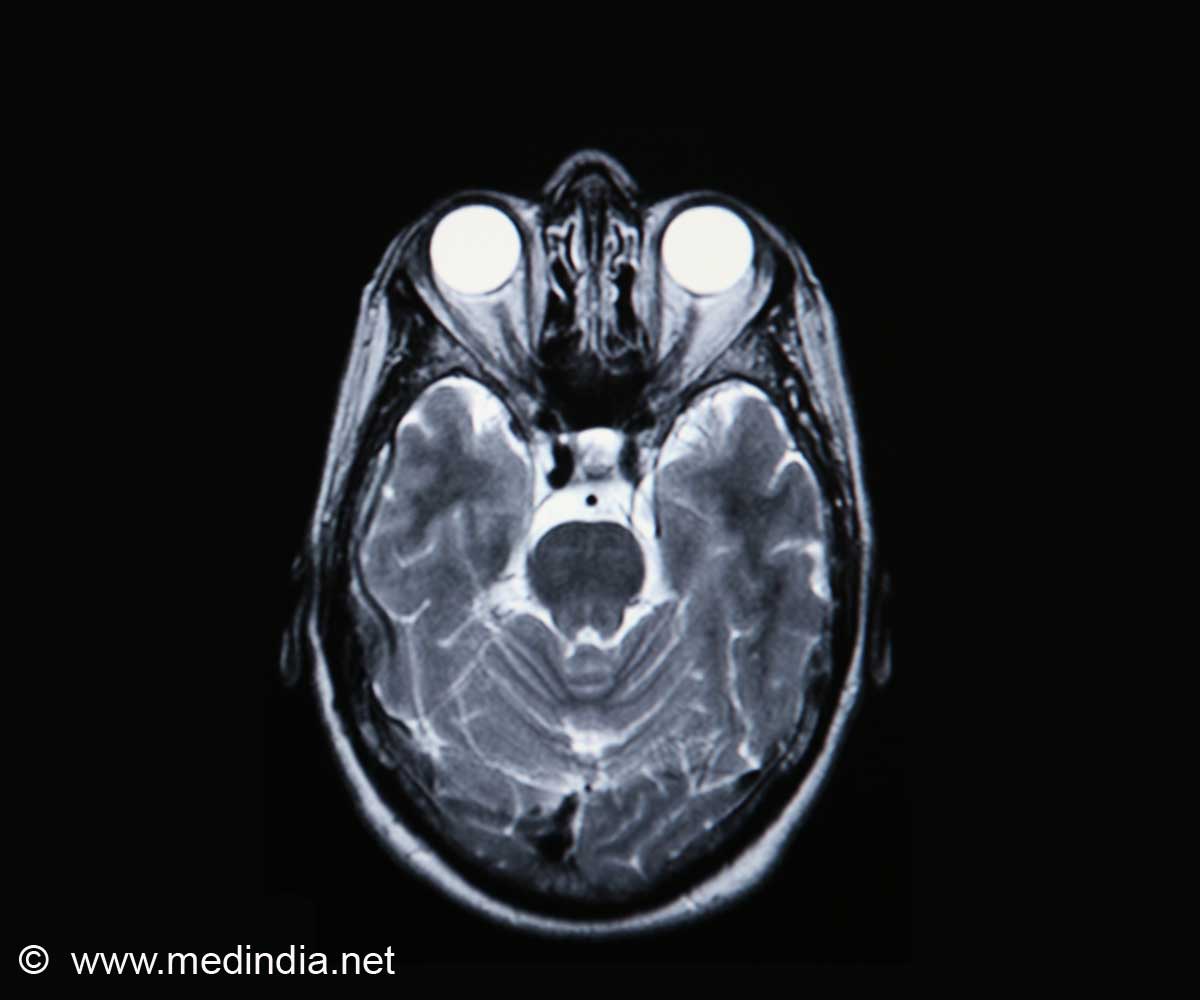
An autopsy found Seau had CTE, which is caused by a build-up of protein in the brain.
"What we are seeing in a lot of sports related injuries is that the symptoms don't emerge until years after the trauma," said Dr. Gary Small, a professor of psychiatry and biobehavioural sciences at UCLA and the lead author of the study, published Tuesday in the American Journal of Geriatric Psychiatry.
Small and his colleagues from UCLA's Semel Institute for Neuroscience and Human Behaviour say they have found a way to use brain scans to look for signs of the disease in the living, using a technique that can identify CTE by detecting the build-up of the microscopic tau protein in the brain.
"The findings are preliminary. But if they hold up in future studies, this may be an opportunity to identify CTE before players have symptoms so we can develop preventative treatment," said Small.
For the study, researchers recruited five living retired professional football players who were 45 years of age or older. Each player had a history of one or more concussions and experienced mood changes, a symptom of CTE.
Advertisement
According to The New York Times, more than 20 dead former football players and many boxers have had CTE diagnosed.
Advertisement
Professional wrestler Chris Benoit murdered his wife and son in 2007, later hanging himself. While steroid use was initially blamed for his erratic actions, researchers later discovered Benoit had CTE.
Researchers said the disease has also been detected after death in people who only played sports on the high school and collegiate levels, indicating hard blows to the head on any level could lead to the disease.
The study's findings have been called a breakthrough by both researchers and their peers.
"It is the holy grail of CTE research to be able to identify those who are suffering from the syndrome early, while they're still alive," said study author Dr. Julian Bailes, director of the Brain Injury Research Institute.
"Discovering the effects of prior brain trauma earlier opens up possibilities for symptom treatment and prevention," she added.
Athletes who show signs of CTE could then decide if they want to retire early to prevent additional brain trauma.
Researchers say real-time monitoring for CTE could change the outcome for trauma victims everywhere.
"We think these results have implications for not just professional and amateur athletes but also auto accident victims, military personal or anyone who has experience head trauma," Small said.
Source-IANS















